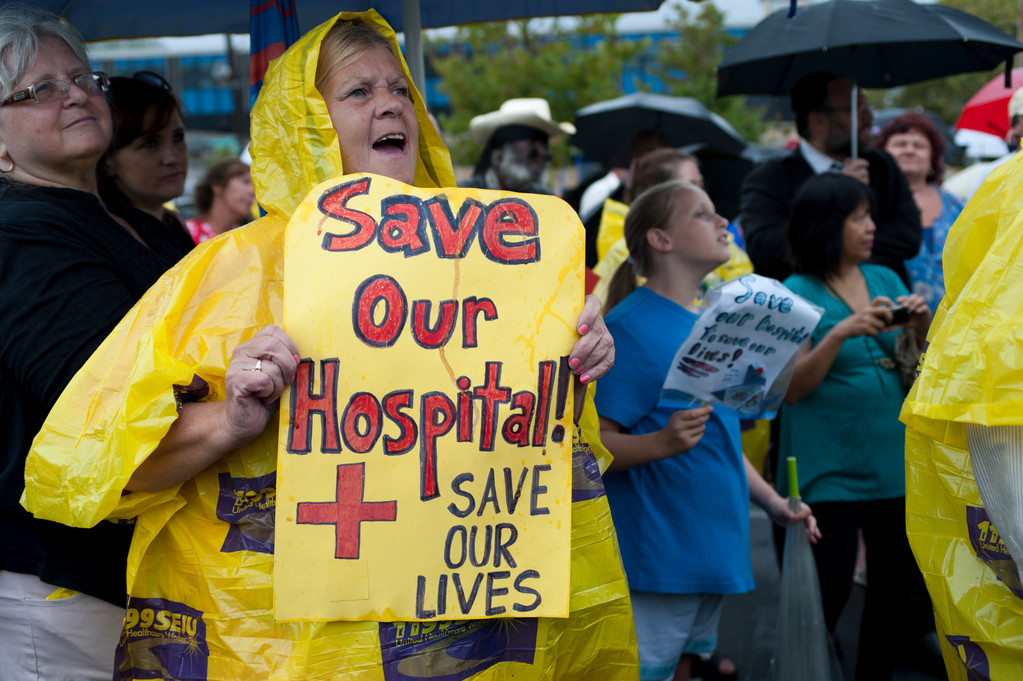With Peninsula Hospital closing, St. John’s proposes plans for increasing emergency department capacity
The closing of Peninsula Hospital Center in Far Rockaway has set in motion plans by St. John’s Episcopal Hospital to expand its emergency department that includes hiring more staff, using underutilized space and implementing new procedures to process emergency patients.
Due to being approximately $60 million in debt, a third of which is owed to its primary union, Local 119, Peninsula Hospital Center is expected to close. Its current operating deficit is an estimated $10 million, the same as last year.
A plan that proposes to increase St. John’s emergency department capacity by 25 percent has been submitted to the New York State Department of Health. That increase would translate into the hospital treating an additional 15,000 emergency patients a year. Currently, the hospital treats 36,000 emergency patients.
Dr. Eric Nazziola, chair of St. John’s emergency department, said pending Department of Health approval, the plan would begin to be instituted in two weeks.
“We will be hiring up to 250 employees of which a good portion will go toward the emergency department,” Dr. Nazziola said. “We will expedite the hiring practice and job orientation.”
Doctors, nurses and other staff will be hired, Dr. Nazziola said, and Peninsula Hospital employees will receive first preference he said. A job fair will be held at Peninsula Hospital on Friday, Aug. 5 from 9:30 a.m. to 4 p.m. in the first floor meditation room in conjunction with Local 1199, the union for Peninsula employees. Some of the employees hired will also be used in other areas that will be also be expanded at St. John’s, including surgery, critical care, outpatient care and in-patient care.
The space that will be used for this expansion of emergency department is “grossly underutilized” 95 percent of the time, Dr. Nazziola said, and that “hidden capacity” along with changes in the current emergency room set up, he said would allow emergency department staff to serve more patients.

 58.0°,
Mostly Cloudy
58.0°,
Mostly Cloudy 




